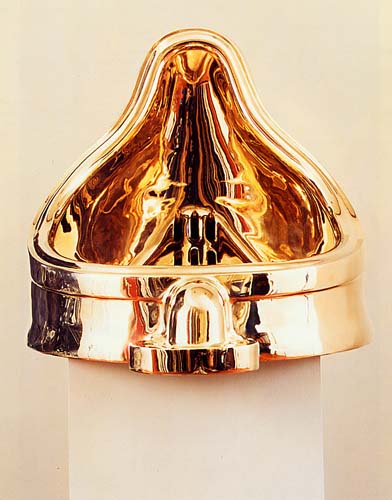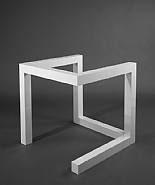
The world economy is strictly out of gas. In the US, the solution is to spend our way out of it. It is a prisoner's dilemma game. Who is going to avoid saving in these tight times so that they can spend the economy back to its high-flying ways?
Winter for most. Summer for few.
GEISAI #12 is calling for entries to its artist fair. Set in Tokyo, this exposition gives artist direct contact with buyers and other art professionals. Additionally, a panel of judges awards prizes. This is a great opportunity for individuals to show their art, gain exposure, and ultimately distinguish themselves. Commendation to KaiKai KiKi, LLC, the sponsors of this fine event.
The previous art fair drew 12,000 people and 1,200 artists. That's 10 individuals to every artist! With those numbers, how could an artist lose? Of course, the new market approach of KaiKai KiKi, LLC CEO and mastermind Takashi Murakami is ready for financial success. Each artist is given equal opportunity to display her work. Each artist has the same opportunity to make it. Is a collection of 1,200 artists the ideal way for an individual to show their work? Is it possible for viewers to gain from the experience any artistic value? Maybe the goal of KaiKai KiKi, LLC is strictly pecuniary.
How are viewers supposed to draw anything from such a display? How are artists supposed to express anything of meaning to an audience scraping along from booth to booth, trying to catch a glimpse of something hopeful? Maybe individuals will instead look into buying some of the key chains or other mass-produced items made by KaiKai KiKi, LLC. I mean, why not. They are the procurers of this wonderful event.
Maybe the new art market approach is thorough enough to catch new talent. Maybe it is possible to encapsulate artists into a single showing and such a method is effective. Surely such a strategy means efficiency for dealers and pays dividends to promoters like KaiKai. How else can we look past the actual art involved and maybe find something that can make a buck? How else are artists supposed to benefit from their labors? It is all about money, right?
Expositions like this are solid in foundation. They can bring in money at many artists' expense, and dealers are allowed free reign, without the nasty shoe-leather costs of finding talent and solid work. Let us free this world of its art-blindness and replace it with markets which can freely distribute art in the same way we march out new Hollywood movie figurines.
Is this the way art should be handled? Must artists bear the task of being the flashiest at the fair, blue ribbon at show, winner of the "battle of the bands"? Are these and others the incentives placed on artists in such a bizarre conglomeration of work? Art is all about money.
Merry Christmas.













